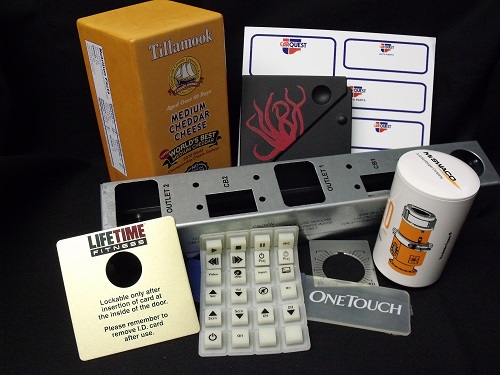
What Is Silk Screening?
At Accumark, we offer the finest custom silk screen printing services in both Minnesota and Wisconsin. Screen printing is a printing technique where a mesh material is used to apply ink onto a substrate.
How Does Screen Printing Work?
Screen printing uses a woven screen with varied densities that have a coating of emulsion troweled onto them. The screen is then exposed through a light source using a film positive of the art transferred. The image is burned into the emulsion and then washed out, leaving only the images exposed.
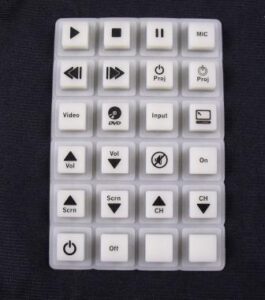
The ink is dragged across the screen by use of the squeegee and applied to the surface through the screen. Actual dots flow together to form the image on the parts. The flatter and smoother the item, the clearer the print will be.
Different inks can be used to work with a variety of substrates, such as textiles, ceramics, wood, paper, glass, metal, rubber, and plastic. As a result, screen printing is used in many different industries, including medical, industrial, and promotional ad specialties.
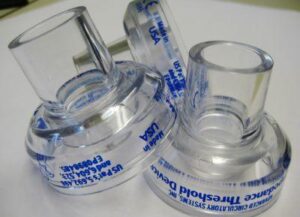
Silk Screen Printing Techniques
There are 3 common types of silk screen printing presses.
- Flat-bed
- Cylinder
- Rotary
Textile items printed with multicolored designs often use a wet on wet technique, or colors dried while on the press, while graphic items are allowed to dry between colors that are then printed with another screen and often in a different color after the product is re-aligned on the press.
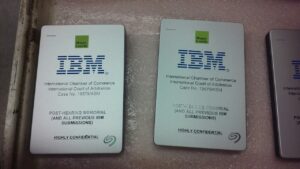
Most screens are ready for re-coating at this stage, but sometimes screens will have to undergo a further step in the reclaiming process called dehazing. This additional step removes haze or “ghost images” left behind in the screen once the emulsion has been removed.
Discover which screen printing technique is best for your project by contacting our screen printing service team in Minnesota and Wisconsin.
When Is Screen Printing Used?
While the public thinks of garments in conjunction with screen printing, the technique is used on tens of thousands of items, including decals, clock and watch faces, balloons, and many other products.
The technique has even been adapted for more advanced uses, such as laying down conductors and resistors in multi-layer circuits using thin ceramic layers as the substrate.
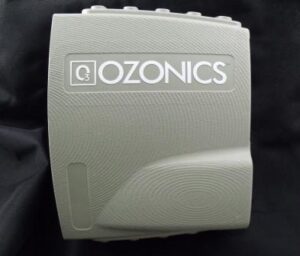
Silk Screen Printing Examples
We have handled projects for clients in the industrial manufacturing world with our screen printing capabilities. Adding color and logos to equipment used in construction and metal fabrication industries can be performed through our various silk screen printing techniques.
Is screen printing needed for your product? We can help, contact Accumark today! CONTACT PAGE.
